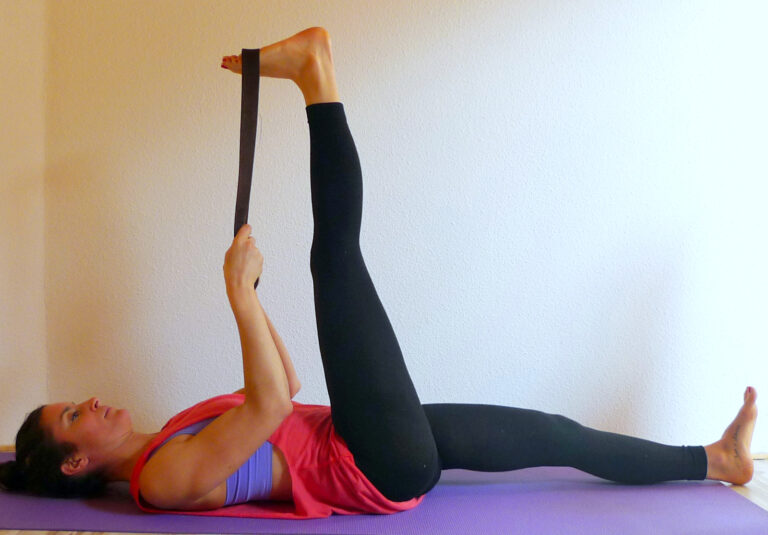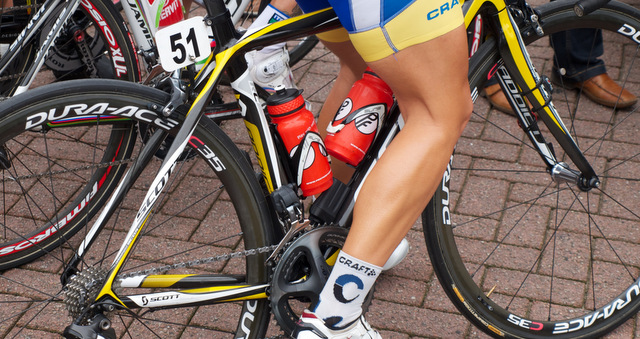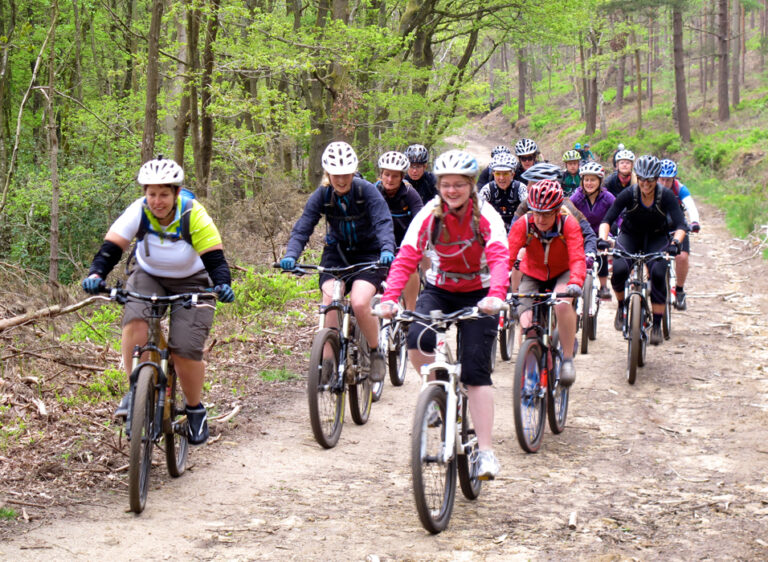
Your guide to training off the bike!
Lucy Fry is a London-based Personal Trainer and Freelance Journalist. Every month, she’ll be talking you through a different resistance training exercise.
Giving you the lowdown on what it is, how to do it, how it will help you on your bike and how to make it fit in with your life.
Cyclestrong#1
INTRODUCING THE DEADLIFT
What it is
The deadlift is a compound exercise, which activates lots of different muscles in one blast of movement and trains one of the most fundamental movement patterns. If you could do just one exercise on a desert island, this would be it, but that’s just my opinion).
Why cyclists need a little deadlift in their lives
Nobody would think it was fair if, say, in a team of three, one person was doing most of the work while the other two chilled out. Yet lots of cyclists use the muscles on the front of their thighs (ie. the quadriceps) far, far more than those on the back of the thighs and those on the bottom (hamstrings and glutes).
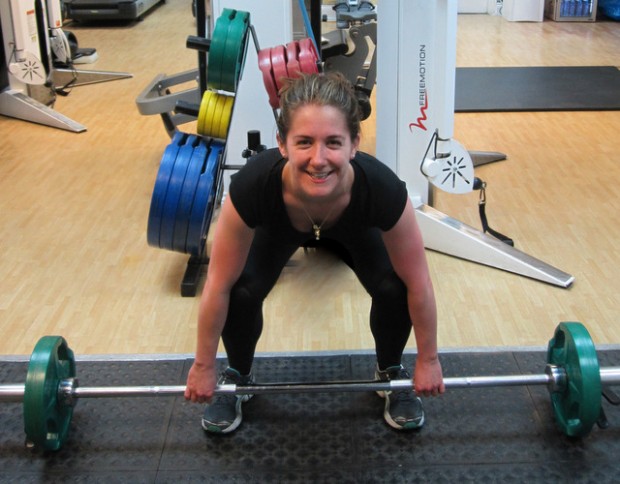
Like most things in life, doing things in a team increases power output and efficiency, which in this case means learning to employ the hamstrings and glutes. Clipping into your pedals (for which you’ll need some special gear) helps to enable this because it allows the rider to pull up on the pedals, but working on your deadlift will help to keep your hamstrings and glutes primed and strong, not to mention activate the core and strengthen your lower back, which so often gets tired and achy during long rides.
How to: Deadlift
Position your feet about halfway under the bar. Push the hips back and keep chest high. Using an overhand grip, hold the barbell and allow your hips to drop down. Arms should stay straight with the weight in the heels. Keep your shoulders pulled backwards, as if you’re pulling them into their sockets, to ensure the upper back is in a good position, and NEVER let your back round.
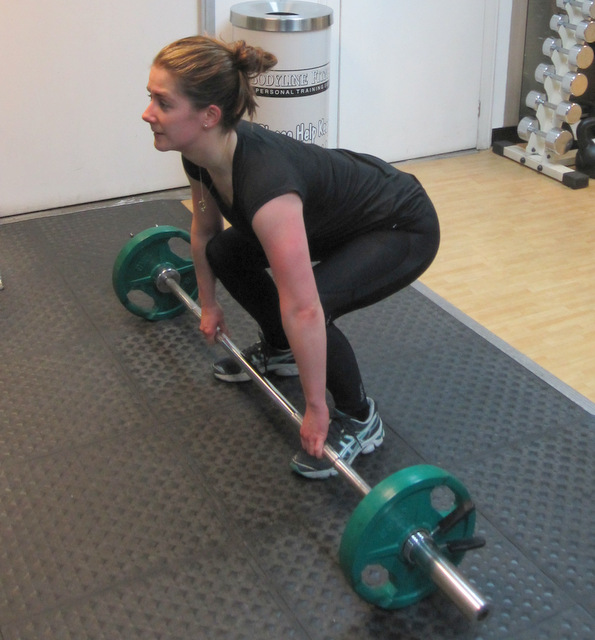
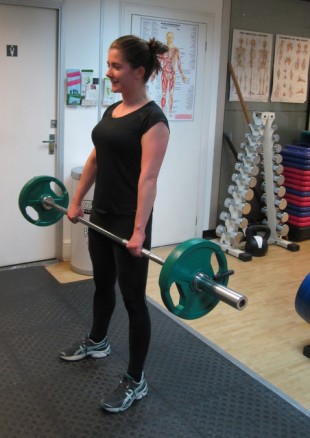
Now it’s time to lift
Push your hips forward at the same time that you extend the legs, until you are standing completely upright. Now push the hips forward a bit more and tighten your glutes. See? You weren’t actually standing completely upright before.
Keep the bar very close to the front of the legs as you lower it back down, making sure you push your bottom back, feel the stretch in the hamstrings, and keep your back from rounding back at all times.
Never try to deadlift heavy until you know the exercise well and are confident your form is good. Get a fitness professional to watch you the first few times where possible; all the best things (and people, perhaps) in life are complicated and involve effort, and the deadlift is no exception…
How many times?
You mean how many sets and reps should you do? Well that entirely depends on your goal; it’s a complex science but, very briefly, the heavier you lift, the less reps you’ll do and the more strength you’ll build (but speak to a trainer at your local gym, or hire Lucy, for further guidance). As a general rule, three sets of 10-12 reps with a minute’s rest inbetween, three times a week, and you’ll feel the difference pretty soon. But it’ll need modifying after 4-6 weeks, as the body’s so damned clever it adapts and the initial training effect reduces.
What it works
Working up from the ground, the deadlift strengthens the hamstrings, quads, glutes, mid and lower back, and all the core stabilizer muscles. Oh and let’s just say that your forearms (essentially, your grip) will also be making themselves known.
Why it’s good for life
Once you can deadlift well, and by well, I don’t mean heavy, as much as with excellent form, you’ll find moving house, being a parent, shopping or travelling – basically anything that involves lifting – a whole lot easier and less likely to cause soreness or injury. As a cyclist the deadlift is important because it trains the posterior chain (that’s sports-speak for a chain of muscles, ligaments and tendons running along the back of your body).
At home?
Nope, sorry! Home training and the deadlifts just don’t work, unless you’ve got an Olympic bar and a few weighted plates. No, the ones you eat off don’t count, sorry.
Lucy’s top tip
If possible, don’t use super-cushioned running shoes to deadlift in. Some converse (yes, really!) or a more minimalist shoe that allows you to really push through the heel is best.
If you would like a session with Lucy, get in touch via her website. Alternatively, follow Lucy on Twitter.

